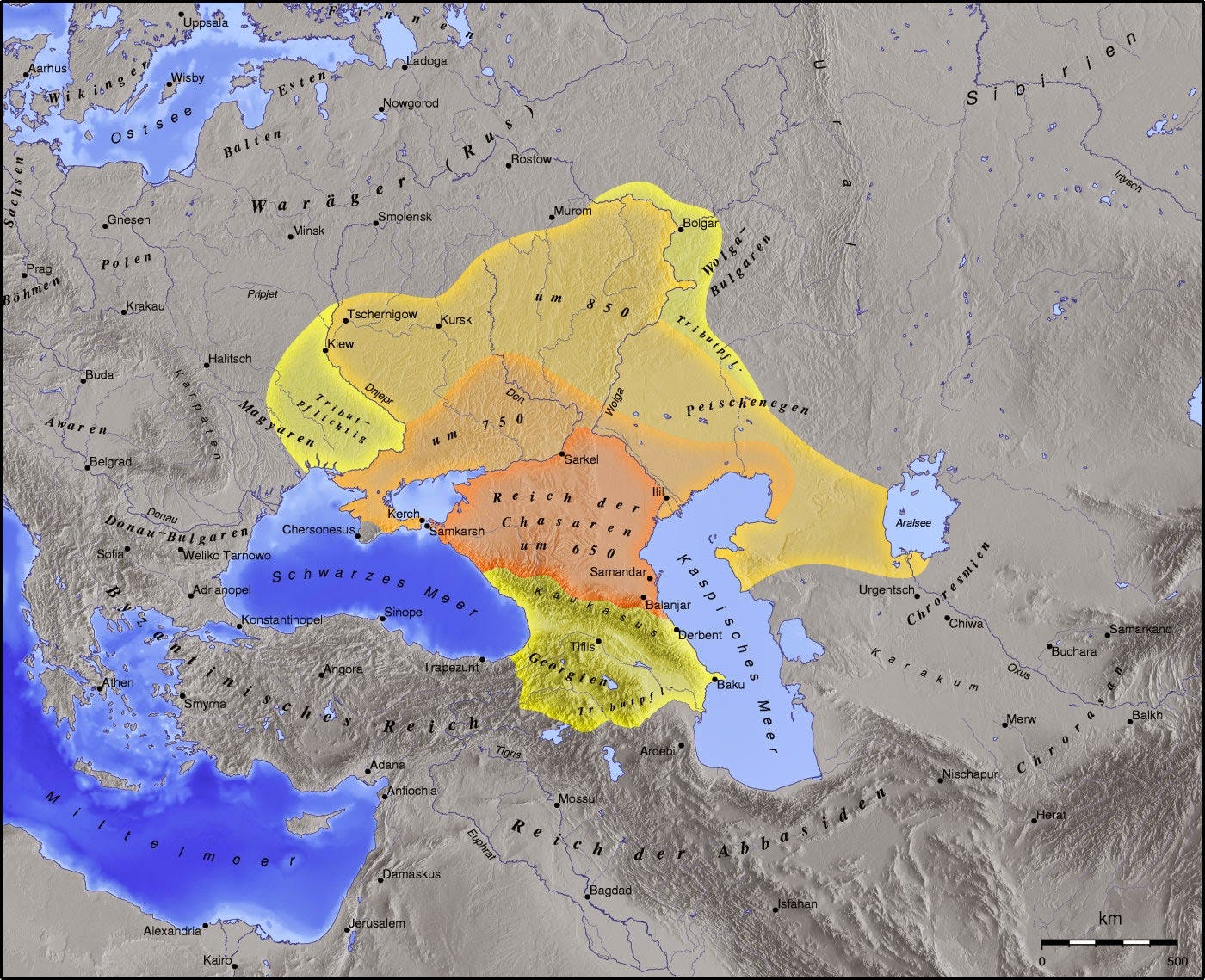Welcome to the three-part analysis of The Polarizing Complexity of the Kyrie Topic. This is Section II of three. You can find Part I here and Part III here.
One thing to call out is that when discussing the Abrahamic religions (Christianity, Islam, and Judaism), we must understand how wars spread these religions. These “Holy Wars” propagated these religions far and wide.
For example, the continent of Africa is home to Christianity and Islam. We can’t simply state that it was the pureness of the religion than won converts. Still, we need to acknowledge the role of war, conquest, and enslavement in propagating each faith.
During wars, items and precious relics are stolen, destroyed, or lost for good. We learned from the Queen’s death about her multiple jewels from other countries. Not only are precious relics stolen, but identities, cultures, and histories could also be altered or tampered with.
Remember, history is always written by the winners.
Lastly, in wars and with history, empires co…
Keep reading with a 7-day free trial
Subscribe to Unorthodoxy to keep reading this post and get 7 days of free access to the full post archives.



